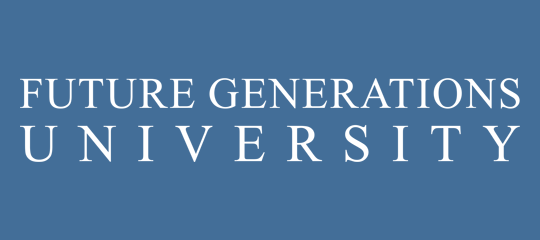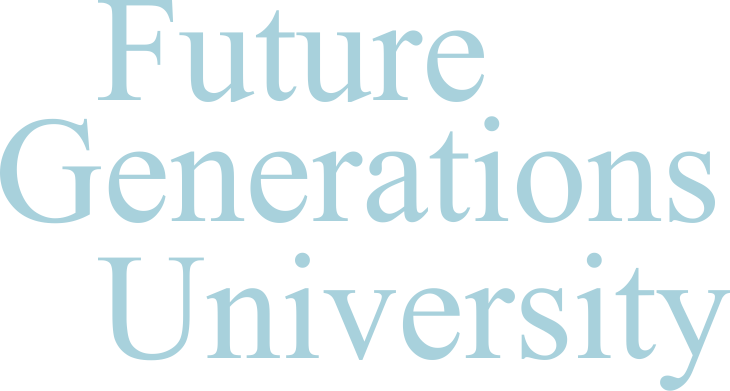Cite Soleil’s New Community Library
The Future Generations team in Haiti has recently been mobilizing local resources to create a library in the Port au Prince neighborhood of Cite Soleil. Residents are imagining the new library as a centrally located place where people can find books, study, and share ideas.
The new Bibliyotek Site Soley (Cite Soleil Community Library) got off to a strong start with a groundswell of community contributions such as those depicted in the photos in this post. The library is the newest initiative of Konbit Soley Leve, an organization led by a team of Future Generations students and alumni.
The library is an exciting example of SEED-SCALE in action. Responding to local priorities, drawing on local resources, and building on past successes, the library effort has created a focused platform for community action and solidarity. Not only are resources for a community benefit project being pooled in a transparent and inclusive way, but people have taken to social media to spread the word and share how they have participated. Using the hashtag #konbitbiblyotek, community members created visibility for the effort and built local pride and excitement among those who contributed. Organizers looked to community members for small contributions rather than wealthy donors who might be able to fund the project with one or two checks. “Marathon” is the name the Haitians give to this process of going door to door to collect donations. Money came not only from community leaders and local organizations, but also from school children, motorcycle drivers, and once word spread, from friends around the world.
Using digital methods of sharing community plans and actions, Konbit Soley Leve has harnessed community energy and funds to create the new library—which will serve both as an inspiration and a resource for the community for years to come.
Alumnus Publishes Manual on Traditional African Conflict Management Techniques
The Procedural Manual on Traditional Conflict Management Techniques is a compilation of traditional conflict management mechanisms, actors, institutions, and symbols that have been used in select Nigerian and Cameroonian villages. Jonathan Tim Nshing (Class of 2015) compiled the manual with support from the Future Generations Global Network.
The manual begins with a definition of what conflict management is, and more precisely, traditional African conflict resolution methods. It looks at different types of conflict in a traditional African setting. These include: ethnic/tribal, religious, family, and land disputes, among others. It also looks at the role of each of the actors and institutions involved in traditional conflict management such as the secret society, village traditional council, quarter heads, village development groups, and religious leaders. Nshing explores the roles of common symbols and ceremonies such as plants (peace plants, fig trees, calabash, kola nuts), rituals, animal sacrifices, and the pouring of libation. Finally, he examines the idea of restorative justice – the examination of guilt, remorse, and compensation. These are core concepts in traditional African conflict management. With guilt, for instance, Nshing looks at what it takes for an offender to confess, as well as what it takes for the society to forgive the offender.
The manual puts all of these mechanisms, actors, symbols, and concepts into perspective by looking at their real-life application in the Cameroonian villages of Bafanji, Bambui, Bawock, Ndzah and Oku, and the Nigerian village of Ikwuano. It is not meant to be an exhaustive study, but an informative guide on traditional conflict prevention, resolution, and management in Africa.
The Procedural Manual on Traditional Conflict Management Techniques is available through www.future.edu.
Future Generations Graduate Tsering Norbu (Class of 2009) Continues to Develop the Pendeba Society as One of Tibet’s Most Influential Non-Profits
The Pendeba Society, previously known as the Pendeba program, has faced many challenges throughout the years. The original Pendeba program was created in 1996 by Future Generations in Tibet as a method for local leaders to gain skills related to environmental protection, conservation, healthcare, women’s education, sustainable livelihoods, and renewable resources. In 2008, largely due to rapid economic development in China and an unstable political situation in Tibet, the Pendeba program was terminated.
 |
| Norbu (2nd from left) meets with pendebas in the Surmang region of Tibet. |
Tsering Norbu (Class of 2009), who previously worked with the Pendeba program in Tibet, realized the significant impact felt by locals when the program was discontinued. He faced the same question from people everywhere as he traveled from village to village -“What became of the pendeba program that had captured the profound interest of the community?” He knew he had to do something. He needed to go local. He decided to take the bottom-up, SEED-SCALE strategy to a new level by seeking the support of the Chinese government.
Norbu faced many challenges and restrictions. He spoke to countless officials, locals, and the movers and shakers in the communities who continually offered him support. One of his supporters included Mr. Gongu Duoji-La, the first Tibetan mountaineer to climb Mt. Everest, who also happened to be from a town close to Norbu’s own birthplace. After countless setbacks, frustrations, and tribulations, on June 26, 2009, Norbu created the Pendeba Society as one of the first civil organizations registered in both China and Tibet. The challenging process also became the basis for his master’s practicum at Future Generations University.
 |
| Pendebas meet in front of ancient, eroded towers in the Dingri region near Everest. |
In 2012, the Pendeba Society was conferred as a Top Grade Civil Organization by the Department of Civil Affairs of the Tibetan Autonomous Region. Recognition continued, and in 2014 the Pendeba Society won the United Nations Development Programme’s Equator prize and the Chinese Ministry of Environmental Protection’s Environmental Prize. Although the difficulties of functioning as a community development organization are still an everyday reality, the Pendeba Society stands as an example of what one individual can accomplish if his or her heart is dedicated to the cause.
“As a leader, you should have a strong passion to do something and have infinite patience to do it in many different ways until you realize your dream,” expressed Norbu. Norbu, in all his efforts, is a beautiful example of what a Future Generations University student can accomplish by the SEED-SCALE methodology with passion and local knowledge.
For more about the Pendeba Society, visit www.pendeba.org.
Voices of Future Generations: Building a School
In this installment of Voices, a South African child discusses what it’s like to build a school in their rural community.
Mapping Community Success
| Artisan gallery in Jacmel |
Jacmel is a sleepy seaside town on Haiti’s southern coast. In 1925, it became the first city in the Carribean with electricity and it has been a bright place ever since. It has some of the best preserved French colonial architecture, its meandering brick streets are lined with colorful buildings, and its numerous artisans sell handmade jewelry, painted kalbas, ironwork, and other items. Instead of competing for tourist dollars, twenty-seven of these artisans came together in 2009 to form G27. G27 (with many more than twenty-seven members today) is a collective that shares gallery space, advocates for Jacmel’s thriving arts scene, and collaborates on larger projects. As individuals, they are talented artisans. As a group, they are a powerful voice.
G27 is one of over seventy successful community initiatives included on Wozo Ayiti, a success map created by Future Generations Haiti. Wozo Ayiti (from “wozo,” a reed that symbolizes the resilience of the Haitian people, and “Ayiti,” the Haitian Creole spelling of “Haiti) is an effort to map and document the stories of Haiti’s communities and their achievements. It is based on the Positive Deviance (PD) approach. Rather than focus on the needs of a community, PD hones in on the diversity of strategies within a community to cope with common challenges.
Two years after the earthquake in 2010, Future Generations Haiti set out to find examples of Haitians’ ability to overcome devastation and improve their own living conditions. While there was a great deal of foreign aid coming into the country, there was little attention being paid to the ways that Haitians were mobilizing themselves. Staff members consulted community leaders and organized focus groups. They put together a list of fundamental characteristics of successful community-led initiatives. Then, the team traveled the country to find and map initiatives that shared these characteristics. At each site, the local practitioners would recommend another for the team to visit. The project snowballed all across the small Caribbean nation.
 |
|
| Moringa tree seedlings |
There is the Association of Valliant Women of Anse a Pitre (AFVA) that protects and empowers victims of domestic violence by teaching them revenue generating skills such as sewing and artisanwork. In the Port-au-Prince community of Bwa Nef, RAJEPRE is an organization that runs a community school to teach children about the importance of environmental protection and neighborhood pride. In the northern community of Limonade, residents have rallied around Basin Mambo. Basin Mambo (Mambo Lake) is a culturally significant tourist draw. The local residents volunteer by reforesting the ground around the basin, maintaining walls and canals, and providing horses and guides for visitors. Haiti is full of stories like this, of community members coming together and drawing on local assets.
Wozo Ayiti uses OpenStreetMap, an open source mapping program that was developed to bypass the restrictions on and limited availability of geographic information in many parts of the world. Future Generations students are trained in the program as part of the MA in Applied Community Change program. They use it to map assets and successes in their own communities, all over the world.
To learn more about success mapping, read Success Mapping: A Brief Guide, available at www.future.edu.








